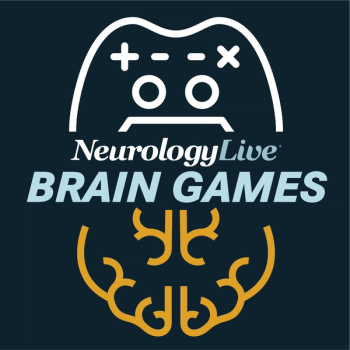
|Slideshows|April 10, 2019
The Mounting Burden of Neurological Disease
Author(s)Leo Robert
A new analysis provides a comprehensive update on this significant, and growing, cause of disability and death.
Advertisement
Newsletter
Keep your finger on the pulse of neurology—subscribe to NeurologyLive for expert interviews, new data, and breakthrough treatment updates.
Advertisement
Latest CME
Advertisement
Advertisement
Trending on NeurologyLive - Clinical Neurology News and Neurology Expert Insights
1
FDA Approves Inebilizumab for AChR- and MuSK-Positive Generalized Myasthenia Gravis
2
FDA Clears Pivotal Phase 3 PREVAiLS Study of Pridopidine in Early, Rapidly Progressive ALS
3
Beyond Dravet and LGS: Elizabeth Thiele, MD, PhD, on New Data for Epidiolex in DEEs
4
Survey identifies Fever-Related Seizure Reduction as Key Feature of CDKL5 Deficiency Disorder
5































